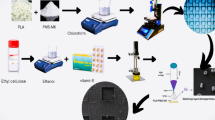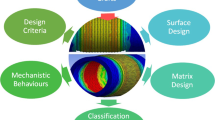Abstract
The aim of this study was to compare the neointima formation and blood loss of an impervious ePTFE with those of the porous ePTFE patch. Ten mongrel dogs were selected for the study. Both the impervious and porous ePTFE patches were implanted into the common iliac arteries in each dog. The blood loss of each patch was recorded and the patches were explanted 30-60 days later for microscopic analysis. The arteries with either the impervious or the porous ePTFE patch were all patent at the end of the study. The impervious ePTFE patch had a significant reduction in blood loss when compared with the porous ePTFE patch (p = 0.04). The neointima covering both patches showed no statistically significant difference in its thickness or in its cellular composition. It has been speculated that wall porosity is essential for tissue ingrowth, endothelial cell proliferation, and neointima formation. In this study, the impervious ePTFE patch did not inhibit neointima formation. Our study shows that graft porosity does not improve neointima formation or patency. Neointimization of the impervious ePTFE patch is the result of pannus ingrowth and deposition of circulating blood elements. There is a statistically significant reduction in blood loss (p = 0.04) with impervious ePTFE patch, compared with that of the porous ePTFE patch.
Similar content being viewed by others
Author information
Authors and Affiliations
About this article
Cite this article
Wong, P., Hopkins, S., Vincente, D. et al. Differences in Neointima Formation between Impervious and Porous Polytetrafluoroethylene Vascular Patch Material. Ann Vasc Surg 16, 407–412 (2002). https://doi.org/10.1007/s10016-001-0163-z
Published:
Issue Date:
DOI: https://doi.org/10.1007/s10016-001-0163-z




